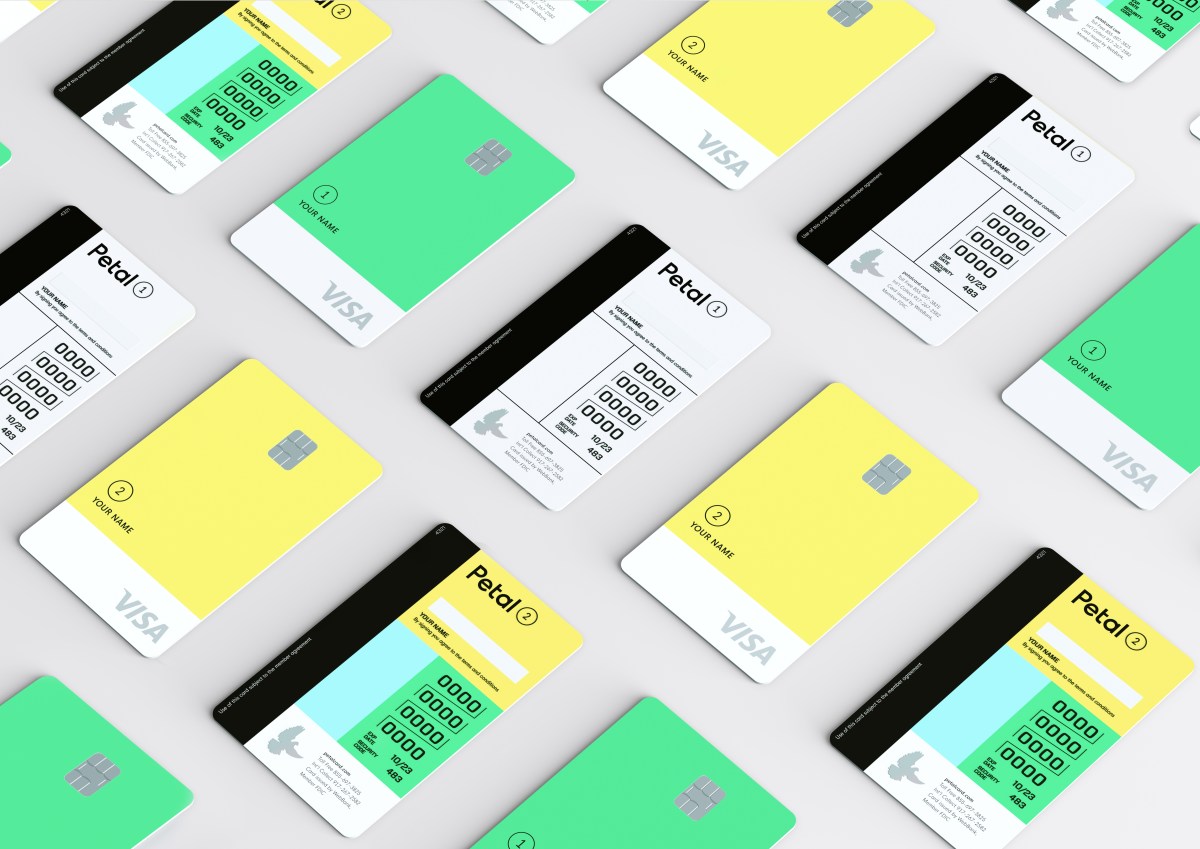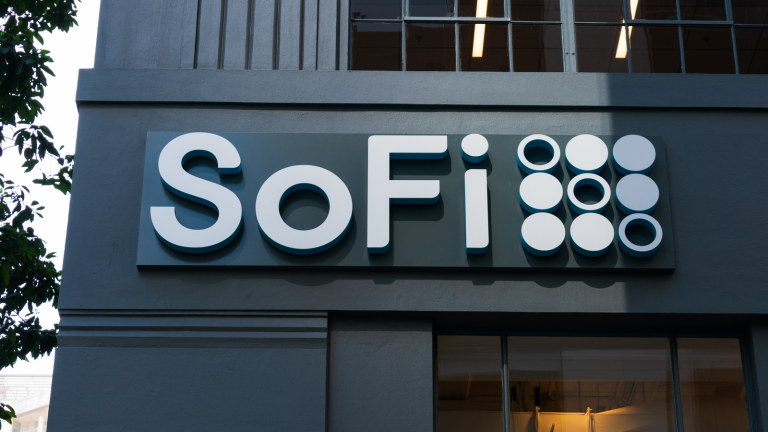What can we expect from the Apple Pay Later rollout?

Klarna paved the way for buy-now-pay-later (BNPL) and now, around the world, we have many choices from PayPal credit to the recently launched Apple Pay Later. In fact, almost daily, we see the emergence of new BNPL service providers offering both B2C and B2B services. This is to meet the increase in demand for this popular method of purchase.
A third of UK consumers (33%) say they are likely to remove items at an online checkout if a BNPL option is not offered – according to recent Ecommpay research. Meanwhile, the Center for Financial Capability, a financial charity, found that demand for BNPL has increased among all age groups in the UK in the face of the cost of living crisis.
So, with the demand for BNPL on the rise, it was only a matter of time before Apple entered this market segment.
What is Apple Pay Later?
Apple Pay Later has first launched in the US, with select users invited to access a preview version. These users can track, manage and repay their four-payment, six-week loans through Apple Wallet. While only select US users currently have access to this pre-release, the company plans to offer Pay Later to all eligible users around the world in the coming months.
Despite the similarities of their BNPL offerings, Apple and PayPal have both chosen to battle for individual users within their offerings. This puts under the microscope why a particular buyer may choose one payment method over the other. Our research has shown that now new BNPL regulations have been introduced to better protect UK consumers – with more on the way – 37% are more encouraged to use the payment option. So the question is, who will win the most consumer loyalty in 2023?
Read More: Pay Later – Does Apple’s Latest Offer Threaten BNPL?
The points systems of each company, including their complexity and accessibility to the average consumer, will play an important role in user acquisition in the coming years. According to Statista, Apple Pay is set to generate $4 billion in revenue by 2023, a huge increase from the less than $1 billion it produced in 2019, and we can expect the launch of the Pay Later offering to account for a portion of that spend . For comparison’s sake, PayPal – which has its own Pay in 4 and Pay in 3 options – recorded total sales of $27.5 billion last year. However, the same Statista source noted that the number of Apple Pay users is twice that of PayPal (68% vs. 34%).
Since Apple’s initial loan limit is also similar to PayPal’s, they will be in direct competition targeting a similar segment of the market, leaving the largest purchases (up to $25,000) to the likes of Affirm. However, PayPal doesn’t seem to mind, favoring user choice by adding Apple Pay Later to its payment options, along with its own BNPL credit offer.
Additionally, unlike Klarna, which introduced late payment fees for the first time this year, this BNPL launch from Apple includes a 0% interest rate, meaning it could start to take some of the fintech giant’s market share when it will be launched across Europe in the coming months.
Is Apple Pay Later ethical?
When pursuing new users, it is necessary to remember the moral side of the BNPL issue. With a quarter of UK consumers saying they are more likely to use BNPL for purchases in 2023, compared to their spending habits in 2022 (25%), it is important that these shoppers are protected.
We can expect to see more from Apple’s marketing team in the coming months about their latest offering, especially as the rollout expands worldwide. They will be expected to account for the growing pressure on the industry to promote responsible lending and borrowing by communicating the benefits and risks with users, being transparent about fees, protecting privacy and sharing payment history with credit bureaus. After all, the data shows, 58% of UK consumers feel BNPL is encouraging them to spend more than they can afford, so the way lenders approach this conversation needs to change.
We at Ecommpay attach great importance to not only scoring the buyer’s risk, but also the seller’s. We always ensure that the companies we work with adequately explain to their customers not only the benefits of BNPL, but also the risks. We believe that it is the responsibility of a reliable lender to provide a clear message in the payment flow to help the consumer understand what they are doing.























